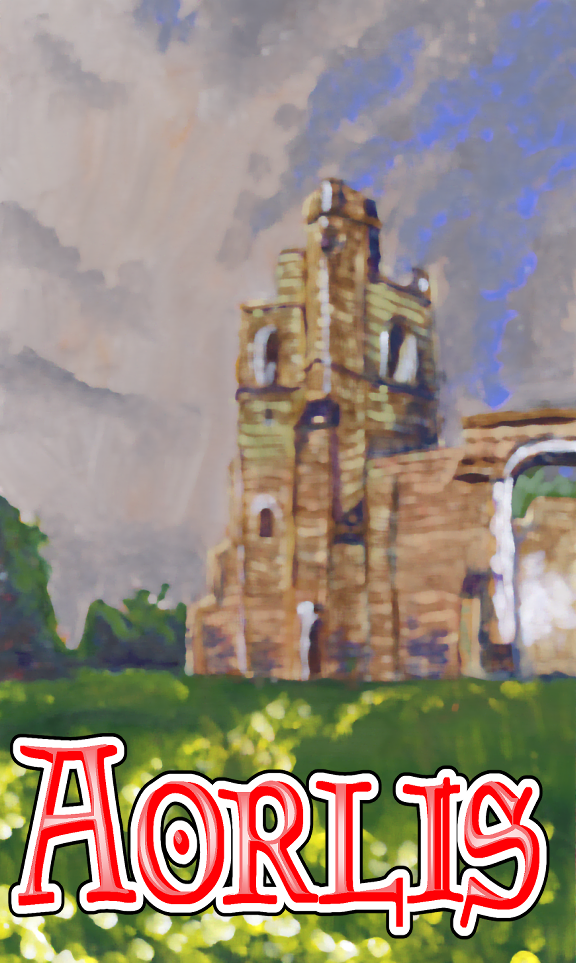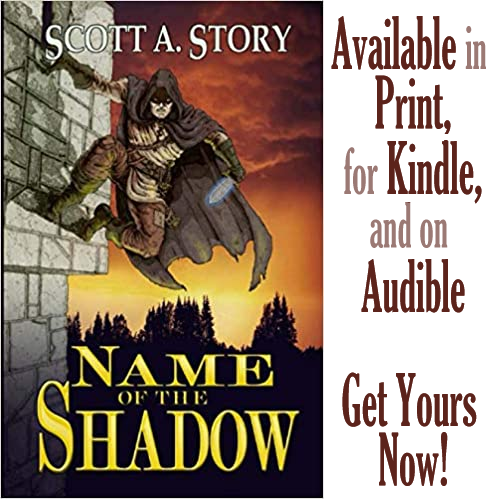Every man is taught the eight forms (cuts) of sword fighting, a fencing system that includes other weapons and grappling as well. For martial arts, they possess empty-hand fighting, and the Imerkanian Draw Cut school for advanced students.
Emirkanian Draw Cut School
This school, which employs curved swords such as scimitars and sabers, is practiced in Emirkand. It is part of the greater, unnamed martial tradition, which includes spears, wrestling, archery, etc.
- With it, the warrior works his blade in efficient circular or figure-eight patterns, making long slashes.
- The slashes themselves remain close around the fighter’s body, making for effective close-quarter fighting.
- This is effective because it offers a sort of web-of-steel defense, and allows the fighter to inflict long, deadly gashes and slices.
Hierarchy
Imerkanian military hierarchy mirrors the social network, with tribal divisions making the units. A Sheikh commands each unit. Each army has a general, and he wears red to symbolize his royal authority.
Strategy
Imerkanian combat is built around hit and run, attack and withdraw, and skirmish warfare. They are also very capable at siege warfare, having the same technology as the Aorlisians, but adding rare, black, wall-breaking stones of an unknown source. The musicians make up an additional 20% of the army.
Music
Imerkanian armies bring large bands of musicians with them, including oboes, trumpets, and drums, and then they play loudly to unnerve the opponent and frighten their horses. This is quite jarring to those who have never heard of such a sonic assault.
Arms
Imerkand is associated with curved swords, and the kilij or shamshir are most common. They also have access to specialty weapons such as the zulfiqar or nimcha. Additionally, natives wield lances, spears, flanged maces, recurved composite bows, and one-handed axes with semicircular heads. The best weapons here are made of the finest watered steel.
Armor
An important distinction is that Imerkanians, from a hotter climate, wear lighter armor than Aorlisians. This gives the native troops greater mobility, more stamina, and better heat management. Troops usually wear light gambesons and light butted maille. Better armed soldiers will also augment their maille with plated maille vests or lamellar armor made of steel or leather. Imerkanian helmets are usually one-piece iron or steel with maille, lamellar, or scale aventails, sometimes with cheek guards and retractable nasals. It is standard to wear a turban over and around their helmets. Shields vary in size, but they are usually round targets or adargas, which are double helix shaped.
Army
Imerkand can field an army of 80,000 to 120,000 troops, and its infantry is 10% light lance and javelin; its cavalry is 50% light lance and javelin, and 30% heavy lancers; and 10% are archers. In addition, Imerkand brings along +15% pioneers, +15% siege engineers, and +15% scouts.
Specialists
Imerkanian armies often include an extra 10% of troops called askars, who are elite bodyguards. It also brings along 15% slave knights, who are heavy cavalry lancers and mounted archers.
Navy
The country’s standing navy is 75 to 100 galleys and 10 to 20 large transports. Each galley has a crew complement of 15, and 600 marines each. The navy is divided between the home ports of Ill-Jar, Jerios, and Caalistad.
Horses
Imerkanian military and horsemanship is closely tied with the native breed, the Talikian. These amazing animals are the root breeding stock for most of the finer horses in the Known World, and they are employed for hunting, war, and racing. The Talikian is 14 to 16 hands high, with a finely chiseled bone structure, concave profile, proudly arched neck, and high-carried tail. They are bay, black, chestnut, or gray, but sometimes they are white, sabino, or rabicano patterns. These horses are alert, proud, and high-spirited. They are highly prized everywhere.












Comments